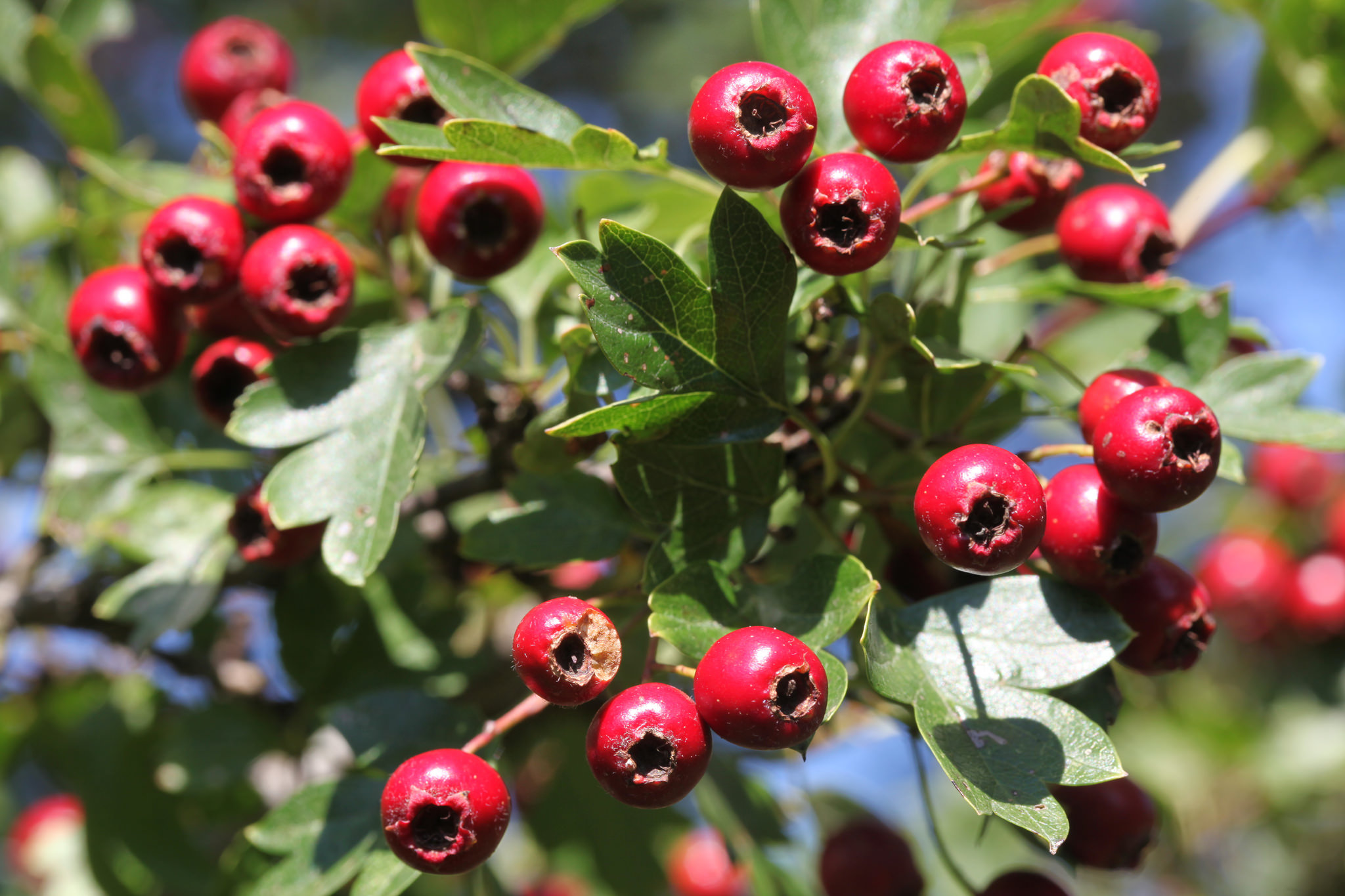What's Your Nature?
Become a Nature Up North explorer to share your encounters with wild things and wild places in New York's North Country. Post your wildlife sightings, landscape shots, photos from your outings, and even your organization's events!
Just Our Nature
Nature Up North program blog
Leprechaun Trees
My earliest memory of St. Patrick’s Day is how angry it made my mother, who holds dual Irish-American citizenship and strongly identifies with her Celtic roots. It was not the day itself which got her Irish up, so to speak, but rather the way it was depicted in popular American culture: Green-beer drink specials at the bars and St. Patrick’s Day sales in every store, all endorsed by grinning, green-clad, marginally sober leprechauns.

Why Springs Smells So Good
As the soil warms up in April and May and green plants spring forth once again, a delicate aroma hangs in the air, apart from any floral scent wafting on the breeze. It’s earthy and fresh, and I find it almost intoxicating. It turns out that spring’s special perfume has some fun and quirky root causes.
Eye Candy, Cough Syrup, and Early Flowers
After so many months of winter whiteness, it’s a relief to watch the snow recede at last. We’re always grateful for the spring melt, even though the loss of snow cover gives way to a mostly brown world: brown grass, sand everywhere along the roads, and brown needles under the pines. Not to mention the brown leaves we missed last fall, and maybe the dog poop that had built up, mercifully hidden under the snow. The few sepia-toned weeks after the white stuff disappears, but before trees and grass wake up, can be visually bleak.
Beneficial Beavers
Did you know that the beaver is New York’s official state mammal? It’s a warranted distinction due to their critical importance in the ecosystem. Beavers are a keystone species, meaning that their presence is essential for biodiversity and a sustained, healthy ecosystem. Beavers accomplish this promotion of biodiversity by altering the habitat of an area by way of building dams and changing water flows. The majority of people, scientists, and governmental actions now support and protect beavers and the critical role they play in the environment.
Our 6th Annual Cardboard Sled Race Recap!
The 6th Annual Cardboard Sled Race, planned originally for Saturday, February 10th, then moved to Saturday, Feb 24th due to weather, fell victim this year to the warm weather of El Niña. What was otherwise a delightfully warm and sunny week leading up to Saturday, melted much of the snow that had dropped the weekend prior. That, coupled with a wind chill in the negatives on Saturday morning, created conditions that would have been unfriendly to sled and racer alike.
Got Biogas?
Even if its precise definition isn’t at the tip of your tongue, most everyone gets the drift of what’s meant by the term ‘biogas.’ There is biology involved, and the result is gas. One example might be the funk in the air on the bus carrying the sauerkraut-eating team home after a weekend competition. Another type of biogas is cow belches, and the rotten-egg stink-bubbles that swarm to the surface when your boot disappears into swamp mud.
My Start, My Growth, and My Return to the North Country
As the new Project Manager for Nature Up North, I’m excited by the many possibilities in front of me. In my first few weeks I’ve had the opportunity to visit students in Norwood as they learn about the difference between deciduous and coniferous trees. I’ve worked with the encounters on our website as we built our 2024 calendar (for sale now!). I’ve met our many St.
Think Snow – Gardens and Forests Need It
In her poem “It Sifts from Leaden Sieves,” Emily Dickinson lauds the sublime beauty of snow – gossamer flakes that garnish a forest, wispy grains that infiltrate nooks and crannies, and wind-sculpted rings of snow around fence posts. Given that the poet lived in a time before cars and stayed in her bedroom for 20 years, she never had to shovel snow, trudge through it, or drive in it. One is less apt to admire “alabaster wool” when the plow wings a mountain of it onto the driveway you just shoveled.
Groundhog Day, Again?
Again?
I watched the 1993 film Groundhog Day featuring Bill Murray at least a dozen times. Or maybe it just felt that way. Just as February 2 was on a nonstop loop in the film, this year’s iteration of Groundhog Day is likely to feel roughly the same as all the previous ones. I think it’s a good metaphor for this time of year, as we stumble out each morning in the semi-dark to defrost the car, not even sure what day of the week it is. We probably don’t have the energy for an exciting holiday right now.
Food Webs and Tapestries - Connecting the Dots
Back in primary school in the ‘70s, we learned about nature’s “food chain.” In this linear model, which I assume was devised by surveyors who normally lay out rail lines and utility corridors, a tiny creature, let’s say a minnow, gets eaten by a bigger fish, and so on until the biggest fish of all eventually dies and its rotting carcass is maybe nibbled on by vengeful small fish.
